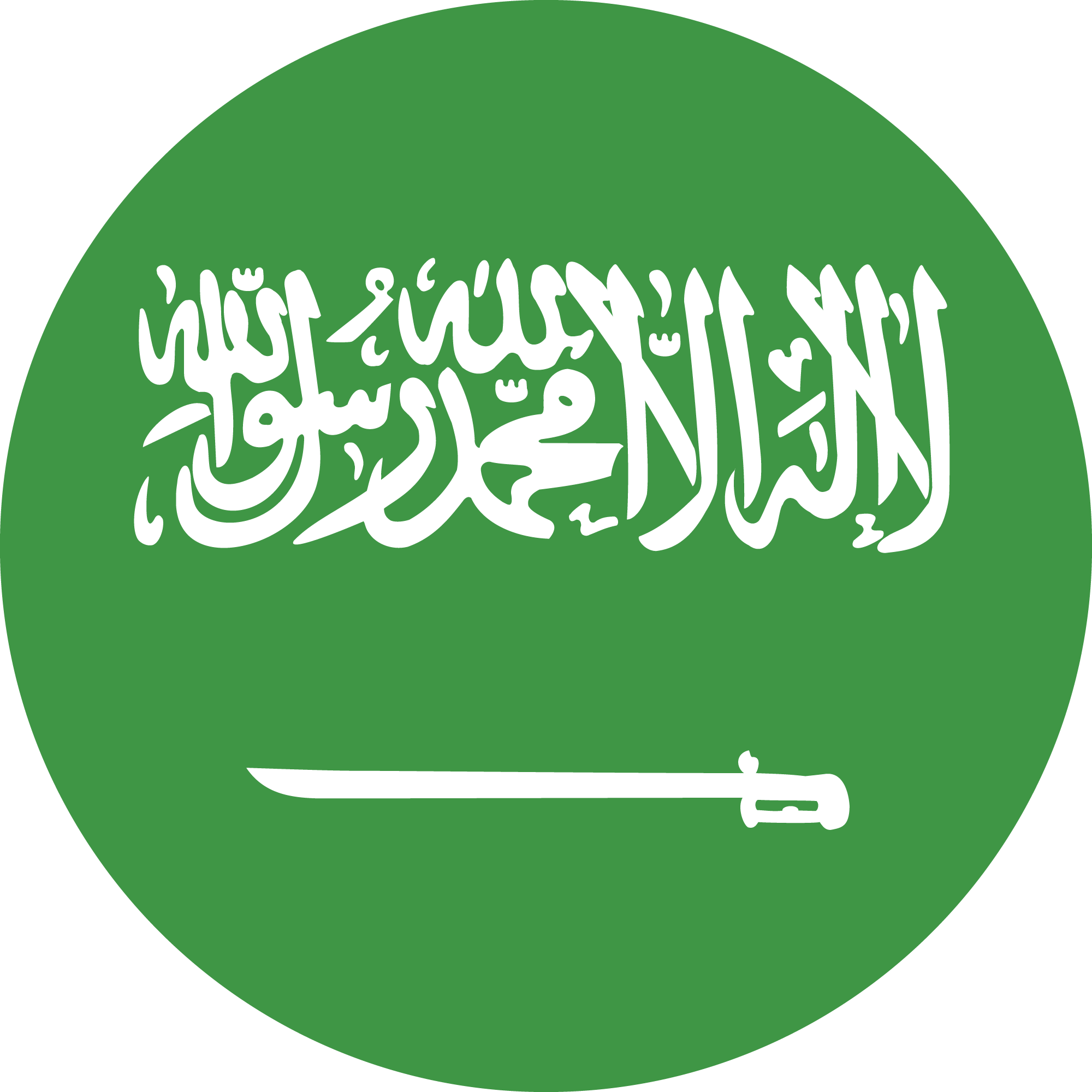Learning military terms can be useful and interesting, regardless of your background, such as being a student, a history enthusiast, a fan of war movies, or simply a person who wants to improve their English. The use of military vocabulary is common in news articles, documentaries, international reports, and political discussions. By using these terms, we can gain a better understanding of global events and conflicts by describing strategies, ranks, operations, and equipment. Some military expressions have become idioms or phrases that are now common in everyday English. For example, the phrase ‘under fire’ is commonly used when someone is facing criticism or pressure, which comes from the idea of being physically attacked in a battle. These terms can enhance your overall English comprehension, enable you to follow world news more easily, and provide a deeper understanding of historical and current events. This blog post will focus on some important and commonly used English military terms that are worth knowing.
Learn English with EnglishCentral
Building your vocabulary is key to mastering a language, and learning new and generational words along with common words can make a big difference in how fluently and expressively you speak. EnglishCentral gives you the perfect tools and environment to expand your vocabulary, practice new words, and use them with confidence.
With 25-minute one-on-one lessons for all ages and levels, EnglishCentral offers personalized and effective learning. These online live sessions are led by expert English teachers who guide you step by step, helping you improve at your own pace. You can also join 40-minute group lessons, where you’ll take part in fun, interactive conversations with your teacher and classmates.
However, EnglishCentral is more than just lessons! You’ll have access to thousands of interactive videos tailored to different interests. With our Watch, Learn, Speak, and Discuss steps, you can reinforce vocabulary and plan private lessons based on your needs. Quizzes, word exercises, and our AI-powered teacher MiMi make practicing English even easier. MiMi is always available to help you navigate different scenarios, from business meetings to ordering food, so you’re prepared for real-life conversations.
After each lesson, MiMi provides personalized reports, tracking your progress and highlighting areas for improvement. This instant feedback helps you stay focused on your goals and gain the confidence to use English in everyday life.
The A to Z of Military Terms
Let’s go over some of the terms that are commonly used and are worth knowing.
| Terms | Meanings |
|---|---|
| Ambush | A surprise attack conducted by an enemy who had been waiting. |
| Armoured personnel carriers (APC) | Vehicles are employed to transport small groups of troops (generally around 12 people plus the vehicle's crew) during combat. |
| Artillery | Indirect fire is employed by artillery weapons, which allows their targets to be out of sight, even if they are tens of miles away. |
| Battalion | A military unit that has a capacity of up to 1,000 soldiers. Battalions consist of multiple companies and are usually commanded by a lieutenant colonel. |
| Biological weapons | Living organisms or the toxins they produce are used in these munitions to cause harm. |
| Brigade | A military unit that can have up to 5,000 soldiers, based on the army. Brigades usually consist of a variety of battalions, including infantry, artillery, or support. |
| Brigadier | A senior military officer rank that is higher than colonel but lower than major-general. |
| Captain | The American and British armies have a commissioned officer rank called captain, which sits above lieutenant and below major. A captain is typically responsible for leading a company. |
| Chemical weapons | The use of toxic chemicals is employed by these munitions to harm an enemy. |
| Colonel | The rank of a commissioned officer in the army that is higher than a lieutenant colonel but lower than a brigadier. |
| Combined arms | A training or mission that gathers various military branches, such as infantry, artillery, engineers, or other specialists. |
| Commissioned officer | Senior officers in the armed forces who were given their rank by the head of the military through a commission. |
| Company | A military force that consists of at least three platoons and is generally commanded by a captain or major. |
| Corporal | A rank of non-commissioned officer in the army. |
| Corps | A military unit usually comprises around three divisions. The largest organization employed in combat, they are typically commanded by a lieutenant general. |
| Counter-battery fire | A strategy for countering artillery with artillery. |
| Counterinsurgency | The actions taken by a government to combat an insurgency. |
| Cyberwarfare | Targeting computer networks, computer information systems, and other electronic infrastructure with the aim of causing harm to another country. |
| Deep battle | Deep battles involve attacking enemy forces well to their rear, particularly targets like command and control hubs, logistics, ammunition depots, and barracks. |
| Demilitarised zone (DMZ) | An area where the opposing powers have mutual agreement not to use for military purposes. |
| Depleted uranium shells | The use of depleted uranium to produce munitions is a byproduct of enriching the element necessary for atomic energy or nuclear bombs. |
| Direct fire | When a weapon, such as a rifle or a tank's gun, is directed toward a target within the user's field of vision. |
| Division | This is a large military force that typically has between 10,000 and 15,000 soldiers. A major-general is usually the leader of them. |
| Doctrine | The fundamental principles that underpin an armed force's actions while pursuing its country's strategic objectives. |
| Dogfight | Close-range combat between two aerial opponents. |
| Drone | A craft that is not piloted by a human being. |
| Electronic warfare (EW) | The battle for controlling, influencing, or disrupting the electromagnetic spectrum during war. Locating an enemy based on their radio emissions, jamming their communications, or disrupting their radar are just some examples. |
| Expeditionary Force | A group of soldiers deployed in a foreign country to accomplish a specific objective is broadly defined. |
| Firepower | The munitions that an armed force can deploy against an enemy are determined by their quantity, size, and type. |
| Flechettes | Bombs or artillery rounds that release small metal projectiles can indiscriminately target an area. |
| Fog of war | The fast-paced and unpredictable nature of combat leads to uncertainty. |
| General | The highest position for an officer in an army. |
| GPS (Global Positioning System) | A navigation system in the United States that uses satellite signals to pinpoint precise locations. |
| GPS-jamming | A technique to make an enemy's Global Positioning System (GPS) useless. |
| Guerilla | A member of a small independent group that engages in irregular fighting, usually in opposition to larger regular forces. |
| Guerilla warfare | Lightly armored groups of troops fought against more powerful militaries. |
| Human intelligence (HUMINT) | Gathering information about another power through contact with people, such as recruiting agents in areas controlled by the enemy. |
| Hybrid war | A conflict where one person uses multiple different fighting techniques. |
| Hypersonic weapons | Missiles that are capable of traveling at a speed greater than five times the rate of sound, or approximately 1.6 kilometers per second. |
| Improvised explosive device (IED) | Homemade bombs are often made with chemicals used in agriculture and industry. |
| Indirect fire | When a weapon is aimed at a target that is not visible to the person controlling it, it is usually employed by artillery. |
| Insurgency | An armed military-political group engaged in a continuous uprising against a recognizable authority, like a national government or occupation force. |
| Joe | Any soldier, regardless of rank, could be identified by the generic term Joe. |
| Kill chain | The kill chain is a process that involves identifying a target and making a decision on whether and how to attack it. |
| Landmines | Devices hidden under or on the ground that detonate when someone walks on or near them or a vehicle passes over them. |
| Lieutenant | A lieutenant is an officer who is a junior commissioned officer in the army, above a second lieutenant but lower than a captain. |
| Lieutenant colonel | An army officer rank that sits above a major but below a colonel. In general, a lieutenant colonel is in charge of a battalion. |
| Lieutenant general | The rank of a senior army officer, which sits above a major general but below a general. |
| Lofting | A traditional way to launch unguided rockets from an airplane. |
| Major | A rank of commissioned officer in the army, above a captain but below a lieutenant colonel. |
| Major general | A military rank that is higher than a brigadier but not as high as a lieutenant general. |
| Manoeuvre | Manoeuvres are tactics used to gain an advantage over an enemy in combat by moving armour or troops in a strategic manner. |
| Mercenaries | Soldiers who are not employed by any country's army and provide their services for money. |
| Militia | A group of soldiers who are not affiliated with a regular army. |
| Minefield | An area that contains underground mines planted on land or sea. |
| Mines | Explosive devices that are either on or concealed under surfaces, whether it's on the ground (landmines) or in the sea (naval mines). |
| No-fly zone | The use of war planes to attack military targets or civilians on the ground in a specific area is prohibited by another country or countries. |
| No-man’s land | A zone where two opposing military forces have no control. |
| Platoon | A small military unit that typically consists of just a few dozen troops. The typical leader of platoons is a lieutenant. |
| Quartermaster | Quartermasters are in charge of supervising barracks and distributing supplies like food or clothing in the army. |
| Radar | Systems that utilize radio waves to identify and monitor objects such as planes, ships, or missiles. |
| Sergeant | The rank of a non-commissioned officer in the army. |
| Submarine | A watercraft capable of operating underwater for extended periods, used for military, research, or exploration purposes. |
| Vanguard | The part of an army or other military force that leads an attack. |
| Weapons of mass destruction (WMD) | Weapons that are meant to kill or injure large numbers of people, such as nuclear, chemical, biological, or radiological weapons. Officials and politicians frequently use the term, but its technical or legal meaning is unclear and it has evolved over time, initially referring mainly to nuclear weapons. |
| Yield | The energy output of a nuclear weapon during its detonation. |
Example Sentences
-The fog of war was intensified by the use of biological weapons, making strategic moves ineffective.
-The military units advancing according to the doctrine realized how limited their information was due to the fog of war.
-Every soldier was required to be trained in a specific maneuver style under the new doctrine.
–Hypersonic weapons have the ability to travel at thousands of miles per hour before reaching their target.
-Before launching the operation, Colonel Joe made sure that all the submarine teams were prepared.
-An ambush by a submarine led to the destruction of the enemy fleet.
-The city’s guerilla fighters were becoming more organized by the day.
-The whole unit used their firepower to trap the enemy in an ambush.
-The insurgency was crushed by the government forces with a strategy that involved superior firepower and rapid maneuvers.
-Both the pilots’ abilities and their planes’ power were put to the test in the dogfight.
-An ambush by a submarine division led to the destruction of the enemy fleet through superior firepower.
-The artillery was moved to a safer position by a division that broke through the enemy line.
-By using long-range artillery, the enemy’s strategic positions were effectively destroyed.
-The maneuvers were executed bravely by Soldier Joe to successfully finish the mission.
-To gain a strategic advantage and surprise the enemy, the commander quickly adjusted their maneuvers.
Frequently Asked Questions About English Military Terms You Should Learn
What are the military terms?
Specific vocabulary used in the armed forces is called military terms and is used to describe various aspects of military life, operations, equipment, ranks, and strategies. The military uses these terms to ensure clear and efficient communication and they may have special meanings that differ from everyday language.
What is the difference between Army, Navy, Air Force, and Marines?
The Army, Navy, Air Force, and Marines are all parts of a country’s military, and each has unique duties. The Army’s focus is on land-based operations and ground combat. Securing and controlling waters is the Navy’s responsibility, and they frequently engage in sea-based operations. Air superiority is handled by the Air Force, which covers combat aviation and aerial defense. Amphibious warfare is what the Marines specialize in, and they often lead initial assaults on land from the sea due to their high mobility.
What does “tactical retreat” mean?
A tactical retreat is a method of retreating from a battlefield or combat situation in a strategic manner. A tactical retreat is planned in such a way that it avoids unnecessary casualties and repositions forces for a better counterattack or defense, unlike a complete retreat that could mean defeat. The goal is to obtain a tactical advantage over the long term instead of losing a battle completely.
What does “chain of command” mean?
The hierarchy of authority in a military organization is referred to as the ‘chain of command’. It describes who is responsible for reporting and how orders are disbursed from higher-ranking officers to lower-ranking personnel. The chain of command is responsible for maintaining discipline, order, and clear communication during military operations. The structure plays a crucial role in maintaining organization and effectiveness while carrying out tasks and missions.
Would you like to put what you have learned into practice? You can access everything you need to learn English on a single platform! With 25-minute one-on-one live English lessons, 40-minute group lessons, more than 30,000 interactive videos, vocabulary learning tools, AI-supported tutor MiMi, quizzes, and interactive activities, EnglishCentral offers its users a personalized and quality education plan at an affordable price. How about registering for EnglishCentral now and starting to learn English?











